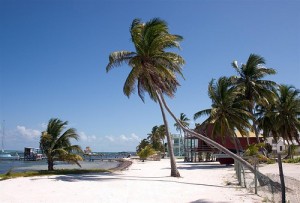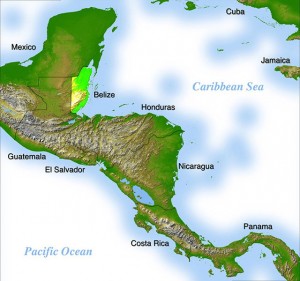Hello everyone,
My apologies for a late post, but here is the link to my Prezi from the SyMETRI meeting on February 10th. I’m excited to say that I have submitted my article for publication, so the waiting game has started! In the article, I consider an interview with a nine year-old student, Ashley, as she works through the puzzle “How Many Towers?” Of particular interest to me after the interviewing process, was Ashley’s tendency to organize her constructed towers into “families” which corresponded to her method of building larger towers from smaller ones. Throughout the interview, I observed Ashley’s organizational strategies prompting new discoveries, while conversely, new discoveries prompted new organizational strategies.
http://prezi.com/eivnchgvgpry/?utm_campaign=share&utm_medium=copy





